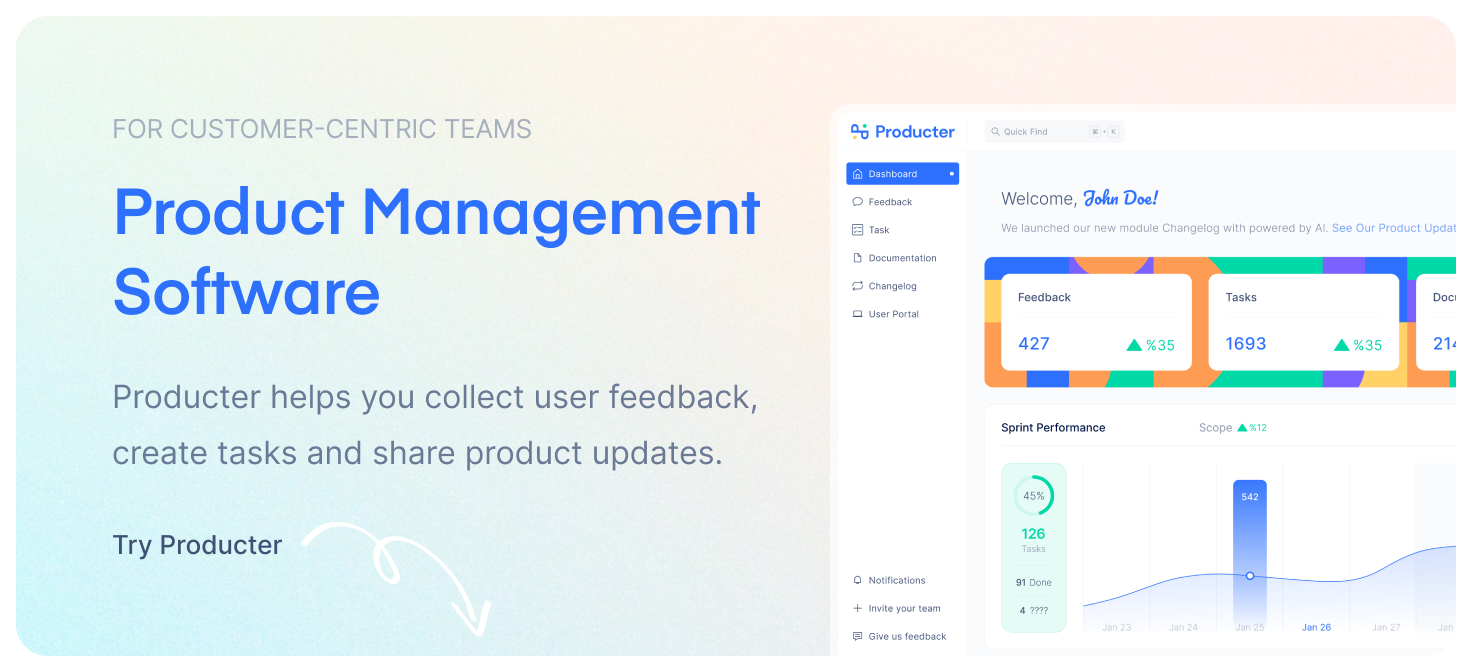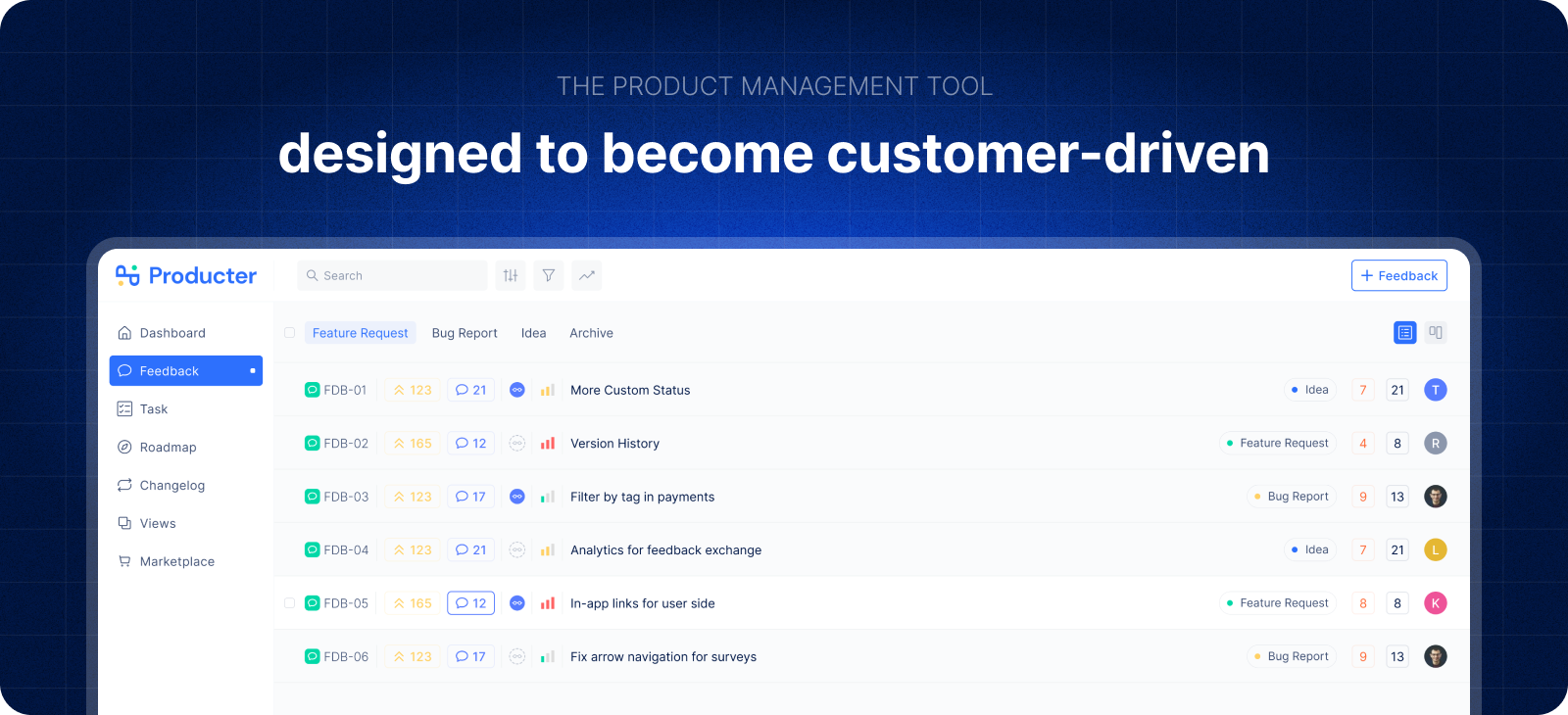Stakeholders are groups of people who participate in the product development process on different levels. They can be in technical or non-technical teams or outside the company. In any case, the stakeholders usually play a primary role in the success of a product either directly or indirectly.
Who can be your stakeholder?
A stakeholder might be your customer, user, investor, someone from another department, or senior management. Stakeholder management involves balancing the often conflicting demands of these people while also meeting their needs within the bounds of possibility.

Why are stakeholders important for product managers?
Building a product is not a solo effort. It takes a lot of resources to build even one of them. Yet, it’s not enough to recognize a product as successful.
With the sales and marketing teams, efforts accumulate to sell and promote a product successfully and continue with the customer support efforts for sure.
Getting strong buy-in and support from stakeholders is crucial since they greatly influence a product manager’s decision to prioritize and build the right features or products.
Having solid relationships with your stakeholders can make them more supportive and collaborative. Stakeholders can ease your life and progress for your team. It can be financial or decisional support when you’re in a critical situation. Engaging with stakeholders motivates them for the whole process and saves product managers from putting extra effort into shipping a feature. Instead, stakeholders start helping and easing the product management processes.
However, it’s not always easy to build strong relationships. If things get tense, stakeholders can also be a product manager’s nightmare. It’s enough to make a product manager’s life tough, even if they are indecisive. Whenever a stakeholder shows reluctance to consent, another may take note, leading them to doubt whether consent should be provided when needed.
With these harsh realities in mind, product managers must not only win over stakeholders but also establish good relationships with them.
Since stakeholders know this connection will pay off in the future, they are more inclined to trust and agree with the product team’s suggestions. Having that firm and established relationship basis makes it simpler to persuade them of things later on when they’re hesitant over something.
How to prioritize your stakeholders?
The stakeholder base may exceed your expectations. Then, you can start prioritizing them based on their interest, influence, and participation levels in the product management process. Otherwise, there will be too many voices around and no place to take practical action.
One approach to help to prioritize stakeholders is by using the power/interest grid:

- High power + High interest: These are the most powerful and influential stakeholders, so you need to prioritize keeping them satisfied.
- High power + Low interest: Since these stakeholders play a significant role in the company, you should focus on capturing their attention and keeping them satisfied. Yet, if they don’t show enough interest, you can just stop wasting time with over-communication.
- Low power + High interest: You can just keep these people in the loop and meet with them regularly to make sure they are not having problems. Stay away from putting extra effort here.
- Low power + Low interest: Keep them updated. But you don’t need to go overboard.
Producter is a product management tool designed to become customer-driven.
It helps you collect feedback, manage tasks, sharing product updates, creating product docs, and tracking roadmap.






